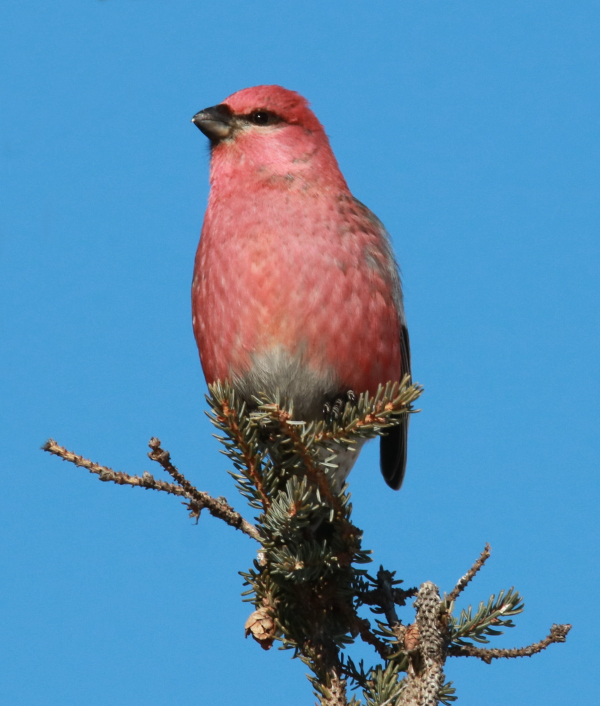Helpful Tips for Planting in the Dry Season
Let’s face it, sometimes planting in the late summer through the early fall can be tough. Except for the extreme North, the ideal planting time for cool season food plots coincides with three of the driest months of the year, August-October. Much of the country starts seeing the summer thunderstorms dry up around the first of August. With many landowners, hunting clubs, and outfitters planting in August and September, the conditions can be really dry. With the absence of rain in the forecast and soil moisture being almost non-existent, a lot of folks will have fields that are not up and growing until late fall. Not having a nice, lush, tender field to hunt over on opening day of bow season seems like the worst thing to some guys, but don’t give up yet. Late planted plots can be plenty effective for attracting deer and also providing cold season nutrition.
If you run into a really dry planting season on your property, here are a few things to consider to help you grow a successful field in adverse conditions. Try to have your ground ready to disc or till but don’t turn the ground over until you have to. Even if the top few inches of dirt is dry, you can conserve valuable soil moisture 5-10 inches down by waiting to work your soil and broadcast seed just prior to a rain. Seeds that lay on top of the ground for extended periods of time without moisture can also lose theirIf you are a preparing to plant a field that is not currently in a crop but is fallow or full of weeds, burn the field down ahead of time with a non selective herbicide. After waiting a week to ten days after spraying, the soil will be easier to work and require less passes with equipment to achieve a proper seed bed. Multiple passes when tilling or repeated discing can steal valuable soil moisture from your fields. Being able to create a good seedbed in as little as one pass will go a long way in helping conserve soil moisture.
If you are broadcast planting, using a disc, field cultivator, or tiller box work great to create a good seed bed for maximum seed to soil contact. Sometimes using this equipment can leave you with a nice and smooth but “fluffy” seed bed. This is when using a cultipacker or roller can really be advantageous for a couple reasons. Cultipacking will firm your seed bed up and create great conditions clovers, brassicas, chicory and other small seeds to be broadcast on. Using a cultipacker before and after broadcasting seed will create great seed to soil contact and help seal in any soil moisture that is present.
Using a no-till drill can also be a life saver when planting in dry fall conditions. A no-till drill can place wheat, oats, triticale, in the ground at just the right depth without turning the ground over and losing precious soil moisture. Most drills disturb the ground just enough to make good seed to soil contact for small seeds such as clovers, chicory, or brassicas. I have had some very successful plots that were first drilled with oats and then broadcast a half rate of a brassica blend such as Maximum over the top. Even if the cold temperatures come a little early you will have a good stand of cereal grains, if temperatures stay mild your clovers or brassicas may have time to take off as well.
If a late planting is in order because of abnormally dry conditions, make sure you know what to expect out of what seeds you are putting in the ground in a potentially short growing season. Cool season perennials that are planted late may produce very little above ground growth. Perennials such as clovers and alfalfa will first build a good root system before it produces a lot of forage. It may be spring before you see these late perennial plantings come to life so you need to be sure and plan for that ahead of time. Cool season annuals like cereal grains, brassicas, winter peas, and annual clovers can produce great forage in a short period of time. I like to use blends such as Outfitters Blend, Full Draw, and Green Patch Plus that can put on a lot of growth in a short period of time.
Split applications of fertilizer also tend to be very effective on later planted plots. A late planted field that experiences some cold weather or frosts soon after germination can sometimes greatly benefit from a secondary fertilizer application 30 -45 days after germination can really make your plots take off, especially if there is a warm spell in the fall. If mother nature cuts off the water hose this fall, use these tips to make the most out of your late planting.
Would you like to learn more about improving your hunting and get discounts on the products you need? Learn from the experts by joining the new Mossy Oak GameKeepers Club at www.gamekeepersclub.com. Or call 844-256-4645.






